In the early 2000s, when the first motorbike ban was implemented, major Chinese cities such as Beijing and Shanghai... also encountered many reactions from the people. At that time, electric bicycle technology was still young, the travel distance was short, the speed was slow, and it did not meet the daily travel needs.
But instead of simply “banning”, many Chinese cities have adopted a series of support policies to gradually turn electric two-wheelers into a more convenient and economical choice for people.
*From “prohibition” to “replacement”
The key to a successful motorcycle ban lies not in how strict the ban is, but in whether it can provide a better alternative. For example, Nanning (Guangxi) - a city once known as the "motorcycle capital" of China - now has more than 4 million electric bicycles, accounting for more than 60% of people's short-distance travel needs.
This achievement is not only due to administrative orders but also comes from a comprehensive strategy. Instead of simply banning gasoline-powered motorbikes, the Nanning city government has expanded lanes for non-gasoline vehicles, installed more charging stations, and coordinated with businesses to implement a subsidized “trade-in” program, making the cost of riding an electric bike only 1/10 of that of a traditional motorbike.
A similar approach has been adopted in Shenzhen, Guangdong Province. In the past five years, the number of electric bicycles has tripled, but without causing traffic chaos. On the contrary, thanks to smart management systems such as electronic license plate recognition, app-based parking guidance, and a city-wide network of battery swapping stations, electric two-wheelers have become a more efficient means of transport than gasoline motorbikes.
*Solving the fear of lack of charging stations
The lack of charging infrastructure was a concern for citizens and was also a problem that existed in the early stages of transformation in Chinese cities. The problem was eventually solved through the “Public-Private Partnership + Model Innovation” model.
Shanghai has chosen to popularize smart charging stations in residential areas. By 2023, 90% of residential areas will be covered by charging stations, along with a “1 yuan charging” (about 3,500 VND) policy to encourage people to use them.
Meanwhile, Hangzhou city (Zhejiang province) applies a "shared battery exchange" model, allowing shippers to change batteries in just 30 seconds at any station and eliminate the worry of waiting for charging.
Infrastructure development cannot be completed overnight, but it can be implemented in phases and scenarios. For example, localities can prioritize installing fast charging stations in commercial areas and transport hubs first, then gradually expand to residential areas.
Or take Kunming (Yunnan Province), where the battery swapping model is being piloted for the delivery and express delivery industries before expanding to the general public. Therefore, it is important that infrastructure is built ahead of policy, or at least not too far behind.
*How does a policy gain support?
Any successful transportation policy must rely on public consensus. Chinese cities have not relied on draconian measures to promote electric two-wheelers, but on “incentives + education ” to drive behavioral change.
Nanjing City (Jiangsu Province) has adopted a “no fine for first offense” policy – first-time offenders who do not wear a helmet will be given traffic safety education instead of a fine. As a result, the helmet wearing rate increased from 40% to 85% in just half a year.
Jinan City (Shandong Province) has introduced “civilized driving bonus points” where compliance with traffic laws can be exchanged for incentives to charge electric vehicles. On the contrary, relying solely on harsh measures such as fines or vehicle confiscation is often counterproductive.
The core logic of China’s approach is “replace old habits with better options, not just ban them.” Whether the ban on motorbikes will succeed depends not on the government ’s determination but on whether electric two-wheelers are truly more convenient, economical and reliable than gasoline motorbikes.
In China, electric bicycles save each household more than 2,000 yuan in annual transportation costs, while creating more than 5 million jobs in related industries such as batteries and charging stations. In addition, electric bicycles help reduce about 20 million tons of CO₂ per year, equivalent to planting 1 billion trees. Such an effective conversion does not need to be forced, people will be willing to choose voluntarily.
*Effectively handle unsafe vehicles and batteries
In 2025, China will continue to implement the old-for-new exchange policy for electric bicycles, focusing on promoting the recycling of old vehicles (including the disposal of on-board batteries) to promote environmental protection, energy saving and safe disposal.
Accordingly, the Ministry of Commerce of China and five related ministries and departments issued a joint circular, stating that the subsidy standards are formulated by local governments based on the actual conditions of each locality. Consumers must sell used cars, including batteries, to receive subsidies. The subsidy method applies direct discounts, such as payment discounts.
For example, Shanghai provides a one-time subsidy of 500 yuan to those who sell their old, broken cars and buy new ones, and an additional subsidy of 100 yuan to those who buy new cars powered by lead-acid batteries.
Changchun City (Jilin Province) has implemented a higher level of support: old lithium-ion battery cars can be replaced with lead-acid battery cars with a subsidy of up to 600 yuan. Each person is entitled to a maximum of two car purchases with this subsidy.
China’s policies encourage the purchase of new vehicles that meet mandatory national standards and have certificates of conformity and CCC certification, while preventing illegal “modification” of vehicles or fraudulent use of subsidies. The management of electric bicycles that exceed standards is also strictly enforced. Chinese authorities have also introduced measures to enhance recycling channels for used batteries, helping to reduce the risk of environmental pollution.
NBO
Source: https://baoninhbinh.org.vn/kinh-nghiem-cua-trung-quoc-trong-viec-chuyen-doi-sang-xe-dien-250804142354811.html


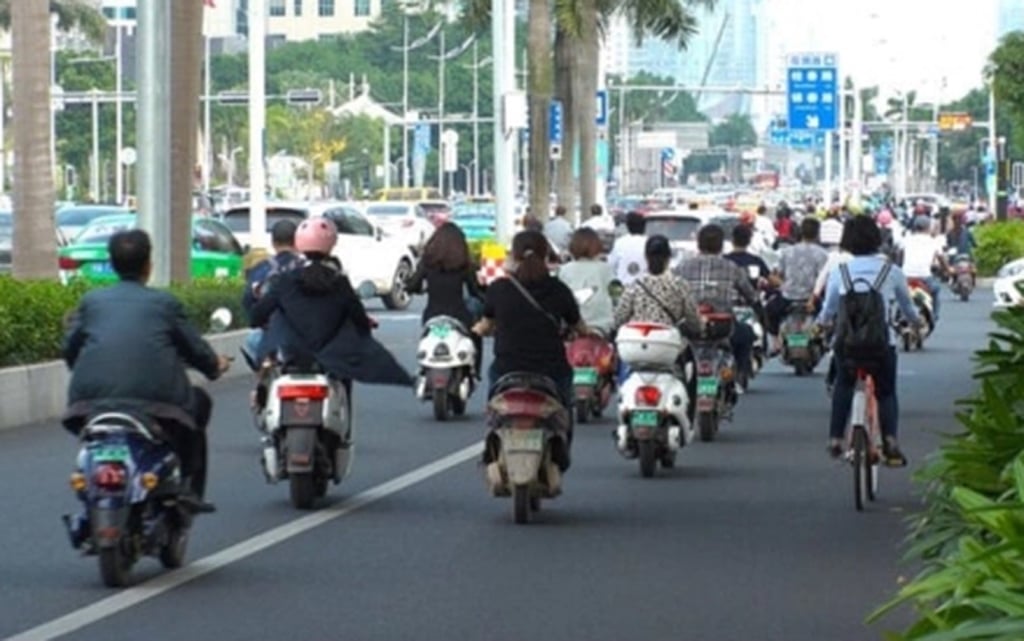
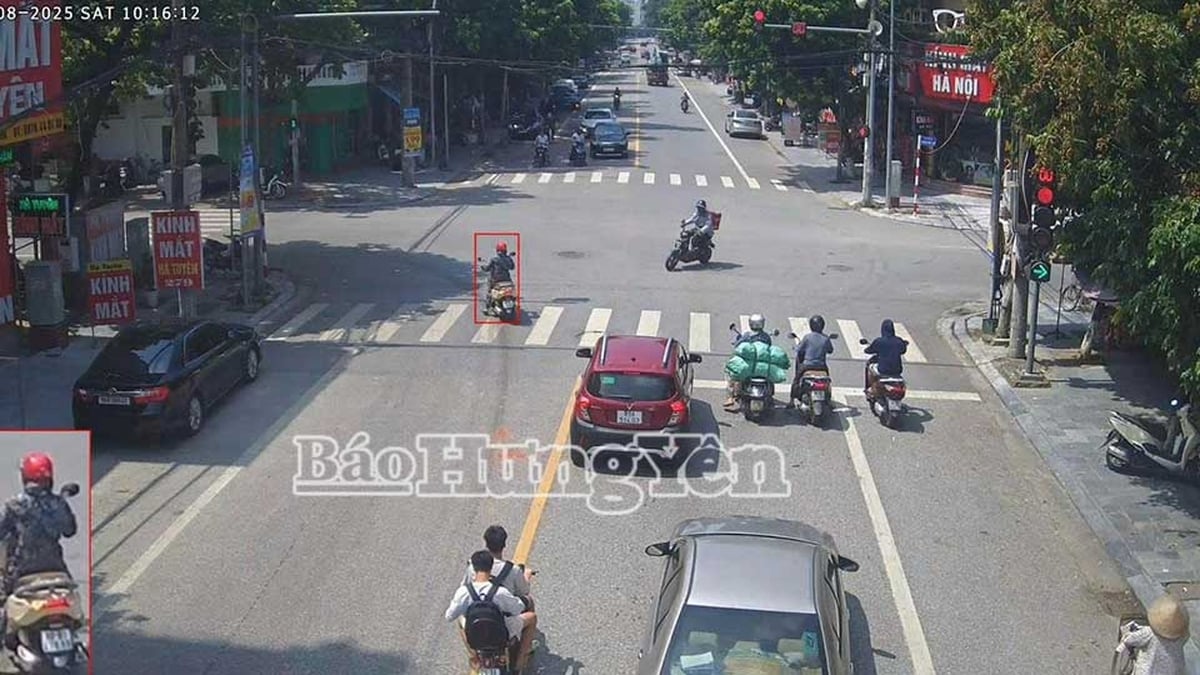
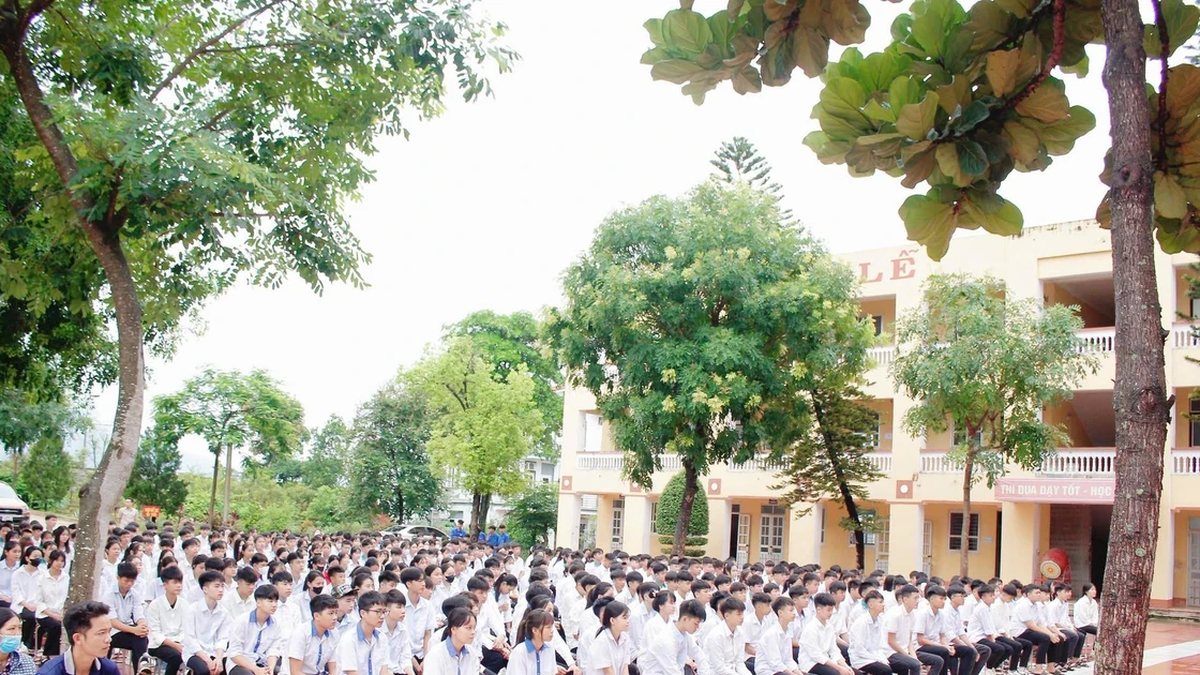






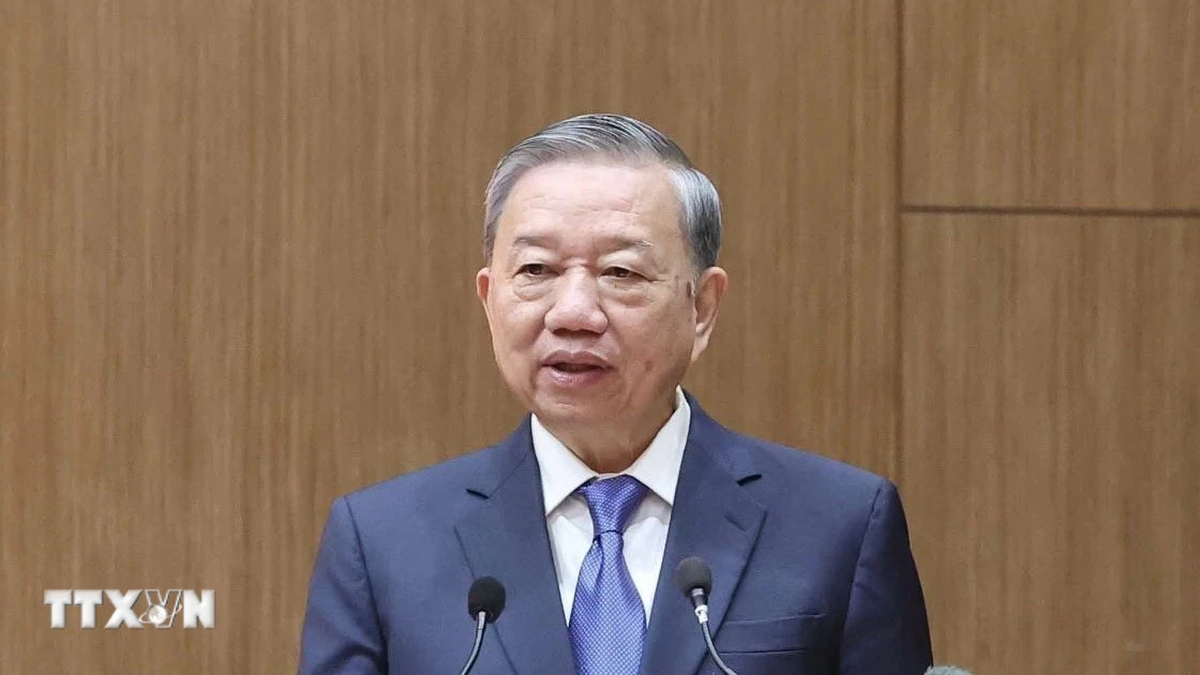












































![[Maritime News] Two Evergreen ships in a row: More than 50 containers fell into the sea](https://vphoto.vietnam.vn/thumb/402x226/vietnam/resource/IMAGE/2025/8/4/7c4aab5ced9d4b0e893092ffc2be8327)

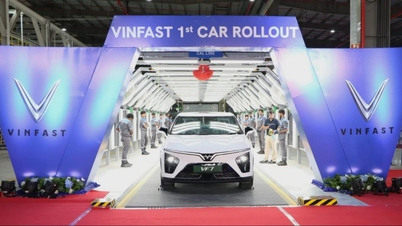


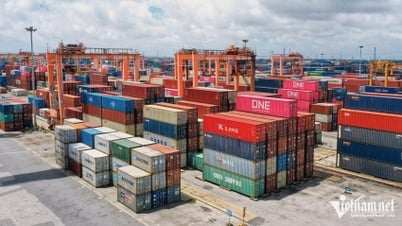



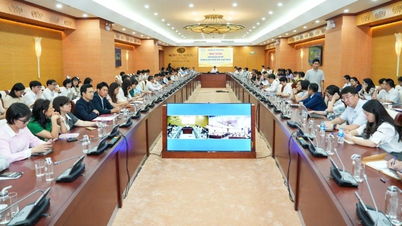




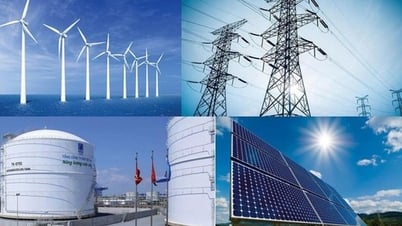






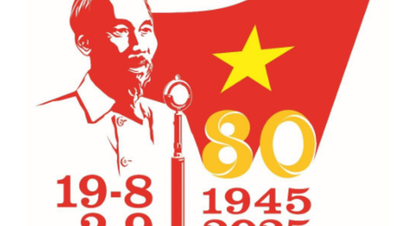




















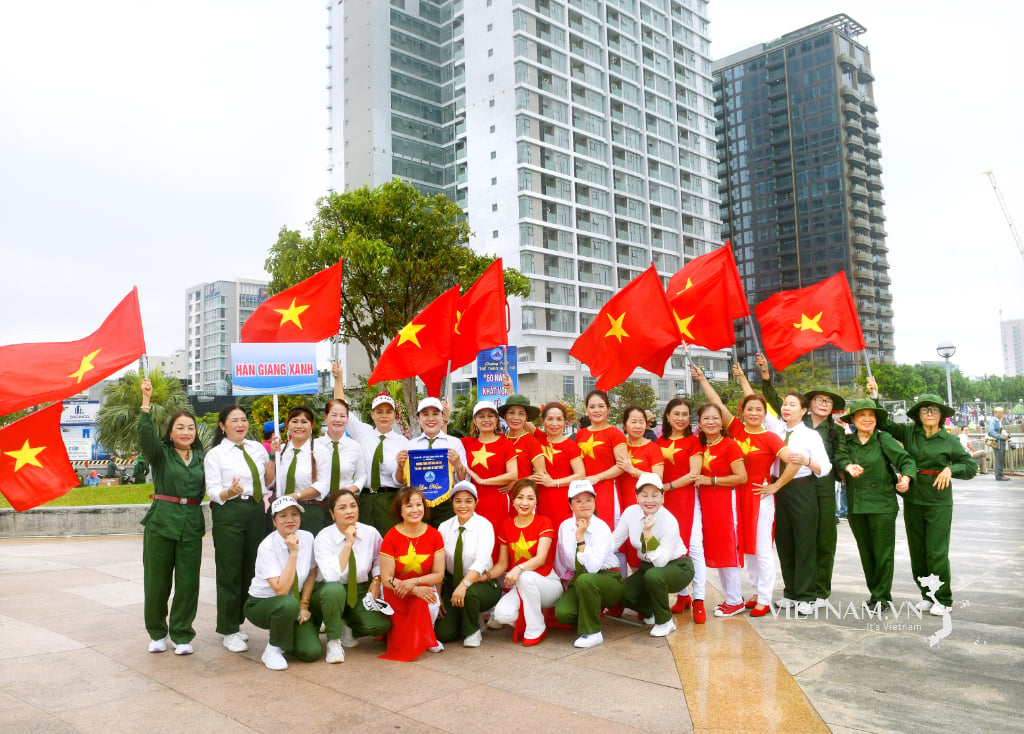


Comment (0)